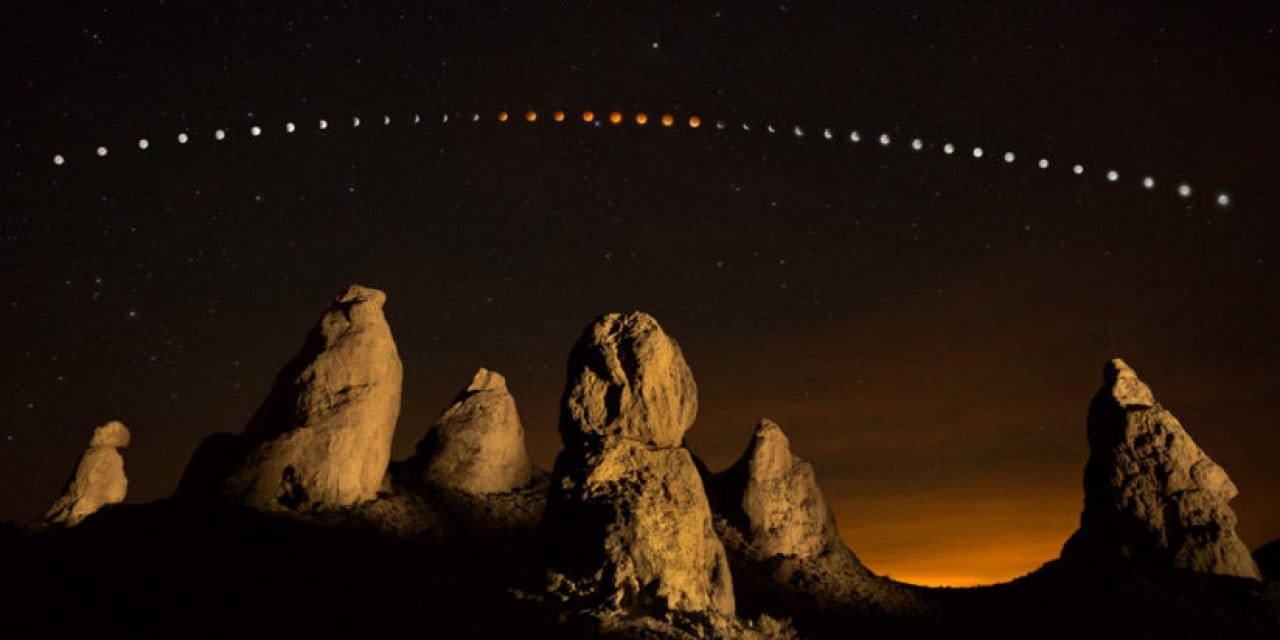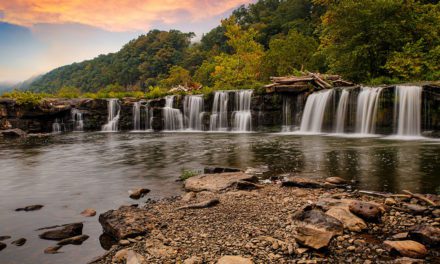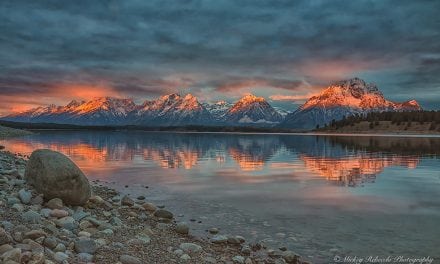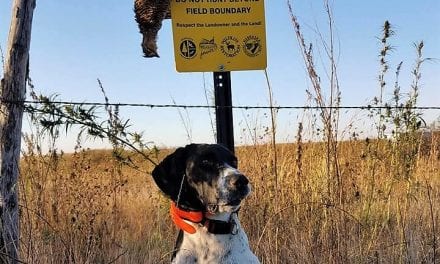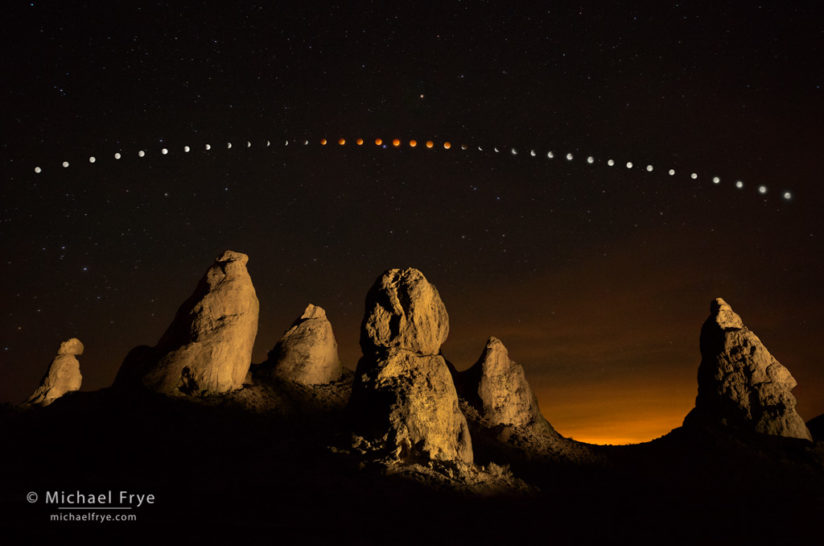
In case you haven’t heard, there’s a total lunar eclipse coming up on January 31, 2018. The total eclipse will be visible in central and western North America, Australia, and much of Asia. It will also be a “blue moon,” (the second full moon of the month), and a “supermoon,” (with the moon closer to the earth than normal, so it will look slightly larger). This page at timeanddate.com shows where the eclipse will be visible, as well as the timing of the event.
In North America the eclipse will occur as the moon is setting in the west just before sunrise. The further west you go, the higher the moon will be during totality, and the longer the eclipse sequence you can see. People in the mountain states should be able to see the entire one hour and sixteen minutes of totality, while those of you in the northwest could see (with clear skies) all of totality plus all of the partial eclipse phase afterwards. Unfortunately, the total eclipse will not be visible on the east coast of the U.S. and Canada.
Since the eclipsed moon will be low in the sky to the west in North America, there should be some great opportunities to juxtapose the moon with natural or manmade features. I’m sure we’ll see photos of the eclipsed moon next to the Space Needle if there are clear skies in Seattle. And the same goes for the Golden Gate Bridge. But any spot with an interesting view to the west could work, so there are tons of possibilities.
Equipment for Photographing a Lunar Eclipse
- DSLR or mirrorless camera with full manual exposure control. Test your mirrorless camera first to make sure you can focus and compose in the dark with the electronic viewfinder (see “Focusing” below)
- At least two fully charged camera batteries
- Sturdy tripod
- Cable release, electronic release, or remote
- Interval timer or watch
- Flashlight or headlamp
Moon Position and Timing
When the partial eclipse begins the moon will become a smaller and smaller crescent as the earth’s shadow seems to take a bite out of the moon. During the total eclipse the moon will look much dimmer, and turn orange or even red-orange in color. The sky will be full of stars, as if on a moonless night. Just after the total eclipse the moon will return to a slender crescent and then get larger and larger, until the eclipse ends and the moon becomes completely full again. (You won’t be able to see this last partial phase in much of North America during the January 31st eclipse.)
With most nighttime images you want to get away from city lights and light pollution. You don’t necessarily need dark skies for a lunar eclipse, as the moon should be clearly visible even in urban areas (and even during the maximum eclipse). Having said that, the moon will stand out more clearly with darker skies away from city lights.
To calculate the moon’s position accurately — if you want to line it up with a building or mountain, for example — you’ll need an app like The Photographer’s Ephemeris, The Photographer’s Ephemeris 3D, or PhotoPills. And you’ll need to know the timing of the eclipse, so here are the important moments:
Partial eclipse begins: 11:48 UT, 3:48 PST
Total eclipse begins: 12:52 UT, 4:52 PST
Maximum eclipse: 13:30 UT, 5:30 PST
Total eclipse ends: 14:08 UT, 6:08 PST
Partial eclipse ends: 15:11 UT, 7:11 PST
Knowing the timing of the eclipse, you can use one of the aforementioned apps to figure out exactly where the moon will be from a given location at each stage of the eclipse. For example, from my house in Mariposa, California, at 5:30 a.m. (the maximum eclipse), the moon will at an azimuth (compass direction) of 277 degrees, and an altitude of 18 degrees. I won’t be able to see the end of the partial eclipse from here, as according to The Photographer’s Ephemeris the moon will be at an altitude of -0.4 degrees at 7:11 a.m. — just below the horizon. (It will also be getting pretty light by then, since sunrise will be at 7:04 a.m.)
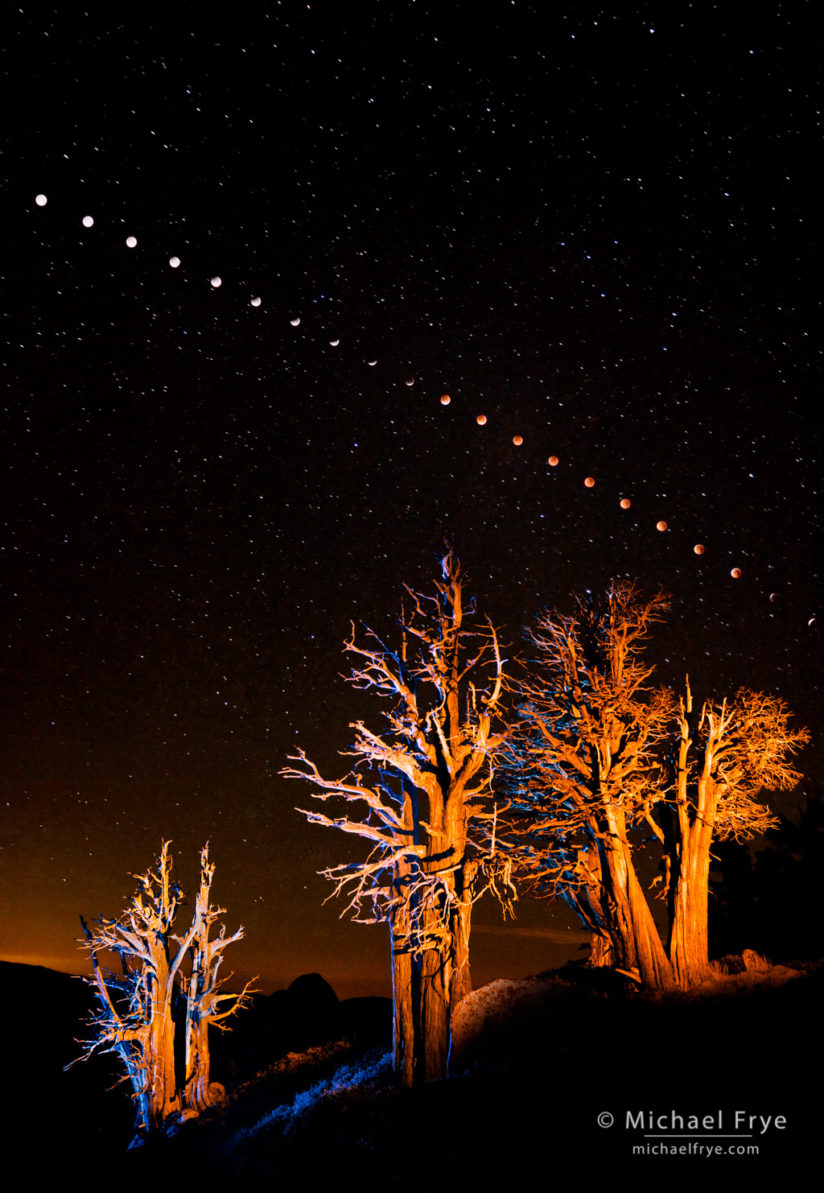
Focusing
Since most modern lenses focus past infinity, you can’t just crank the focusing ring all the way to the end and expect to get sharp photographs. The most accurate way to focus in the dark, by far, is to use live view, magnify the image to zoom in on the moon, and focus manually. Autofocusing on the moon should also work if the moon is bright enough (like before the total eclipse begins) — but be sure to then turn autofocus off so that the camera doesn’t accidentally focus on something else when you press the shutter button.
Exposure
Light meters are useless for getting good exposures of the moon, because even a one-degree spot meter can’t read just the moon, but will also include some of the surrounding black sky. So here are some suggestions based on past experience, including making the accompanying photographs. You’ll need to use manual-exposure mode, and check your camera’s highlight alert (the blinkies) to make sure you’re not overexposing the moon:
Full moon, or moon more than half visible: 1/60 sec. at ƒ/11, 200 ISO
Half to one-quarter of the moon visible: 1/30 sec. at ƒ/11, 200 ISO
Less than one-quarter of the moon visible: 1/15 sec. at ƒ/11, 200 ISO
Just the edge of the moon lit: 1 sec. at ƒ/11, 200 ISO
Fully eclipsed at the beginning and end of totality: 8 sec. at ƒ/11, 800 ISO
Fully eclipsed, deepest totality: 8 sec. at ƒ/11, 1600 ISO
In these examples I’ve kept the aperture constant at ƒ/11, but if you need more depth of field you could use ƒ/16 and either double the ISO or the length of the exposure. But you want to keep the exposures relatively short, otherwise the moon will move and blur. You can get away with eight or maybe even fifteen seconds with a wide-angle lens, but with a telephoto lens you need to use shutter speeds of four seconds or less. To find the maximum exposure time for your lens before movement appears, divide the focal length into 400. So 400 ÷ 25mm = 16 seconds, or 400 ÷ 100mm = 4 seconds. Bracketing exposures is a good idea.
Eclipse Strategies
Trying to include a foreground makes things more complicated, so the simplest way to photograph a lunar eclipse is to take a long lens and zoom in on the moon. If you photograph the eclipse from beginning to end you can even use Photoshop to assemble your images into a montage showing the whole sequence.
A more evocative approach — but a more complicated one — is to use a wide-angle lens and capture the eclipse sequence with a foreground, as I did in the accompanying images. To do this you’ll first need to figure out the exact path the moon will take so you can compose your photograph accordingly. The apps I mentioned above, PhotoPills, The Photographer’s Ephemeris, and The Photographer’s Ephemeris 3D, are invaluable for this. And you’ll want to get to your chosen spot early enough to capture the entire eclipse sequence, from full, to partially eclipsed, to fully eclipsed, and (if possible from your location) back through the partially-eclipsed stages.
Once you’ve composed, make sure your tripod is solidly planted and locked tightly. If your composition includes a foreground you’ll want to focus at the hyperfocal distance, which will be somewhere between the closest object to the camera and infinity, but closer to the foreground. (If you don’t know how to find the hyperfocal distance, just focus on the foreground.) Then use a small enough aperture to get both foreground and moon in focus. (A bright flashlight and live view are helpful for focusing on the foreground.)
Then make a series of exposures to capture the eclipse sequence. In the three photographs here the interval was ten minutes between each moon capture, but you could make it fifteen or twenty minutes if you want to space the moons farther apart. Just make sure you keep the interval the same throughout the sequence. You can use an interval timer for this, or just use a watch and trip the shutter manually (using a remote or cable release, of course). You’ll need to adjust the exposure times (and possibly the aperture or ISO as well) as the moon dims and brightens.
In the accompanying photographs I used electronic flash or a flashlight to light-paint the foreground in between making exposures of the moon. Light painting is a complex subject that I won’t get into here, and if this is the first time you’ve ever tried photographing an eclipse I’d suggest you keep it simple, and don’t try light painting. Just try to capture single images of the moon itself, or perhaps a sequence with silhouetted trees or other objects in the foreground.
You might also capture a frame to use as the base (background) layer in Photoshop. For example, in the sequences from the Trona Pinnacles (first image, above) and Yosemite (second image, above), during the total eclipse I made an exposure for the stars, and used that starry sky as the background for the eclipse sequence. For the sequence with the oak tree from the Sierra foothills (below) the background is an exposure made as the sky was beginning to lighten and turn blue at dawn:
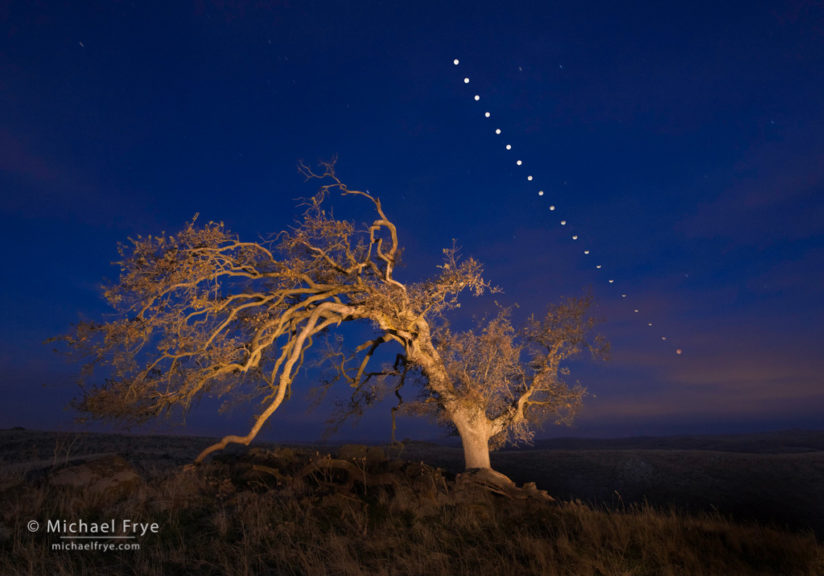
Assembling A Sequence
If you get ambitious and try a sequence, the final step is to assemble the images in Photoshop. From Lightroom you can select the images and choose Photo > Edit In > Open as Layers in Photoshop, and Photoshop will stack the images into one document as separate layers. Or you can do this by hand using the Move tool to drag one image on top of another; just make sure you hold down the shift key while dragging so that the images align properly.
Drag your background layer to the bottom of the stack in the Layers Panel. Then change the blending mode of every layer except the bottom one to Lighten. This makes light areas override dark areas, so the moon from one frame will override dark sky from another frame. As you do this you’ll see all the moons magically appear and complete your sequence. If you light-painted a tree or other object, that too will appear when you change the blending mode for that layer. And if you used a telephoto lens to capture the whole eclipse sequence, you can use the Move tool to drag each layer around and arrange the moons on your canvas.
Upcoming Lunar Eclipses
Photographing a lunar eclipse takes planning, and a willingness to lose some sleep, but it can be a tremendously rewarding experience. And if your photographs don’t turn out as well as you hoped, you might get another chance soon. There will be another total lunar eclipse on July 27th this year, visible in Europe, Africa, and much of Asia. And on January 21st of 2019 a total lunar eclipse will be visible in all of the Americas, Europe, and some of Africa.
Good luck!
Read more articles like this on Michael Frye’s blog at michaelfrye.com.
Michael Frye is a professional photographer specializing in landscapes and nature. He is the author or principal photographer of The Photographer’s Guide to Yosemite, Yosemite Meditations, Yosemite Meditations for Women, Yosemite Meditations for Adventurers, and Digital Landscape Photography: In the Footsteps of Ansel Adams and the Great Masters. He has also written three eBooks: Light & Land: Landscapes in the Digital Darkroom, Exposure for Outdoor Photography, and Landscapes in Lightroom: The Essential Step-by-Step Guide. Michael has written numerous magazine articles on the art and technique of photography, and his images have been published in over thirty countries around the world. Michael has lived either in or near Yosemite National Park since 1983, currently residing just outside the park in Mariposa, California.
YOU MIGHT ALSO LIKE

How To Photograph A Solar Eclipse
Our guide to safely and successfully photographing this rare celestial phenomenon. Read now.
The post Photographing A Lunar Eclipse appeared first on Outdoor Photographer.

